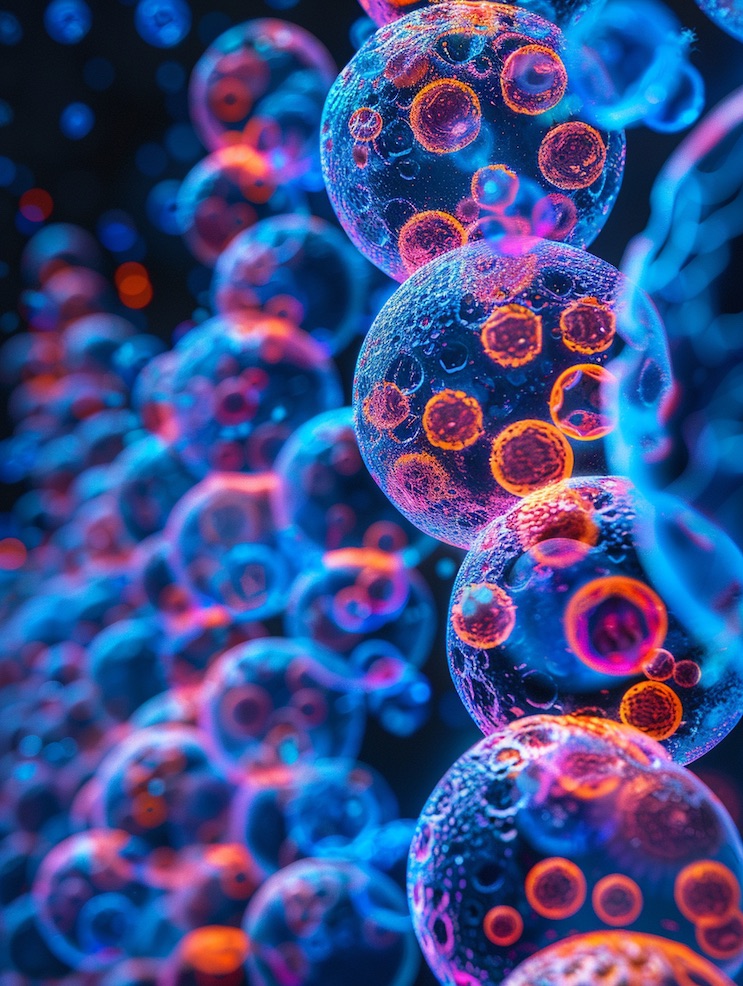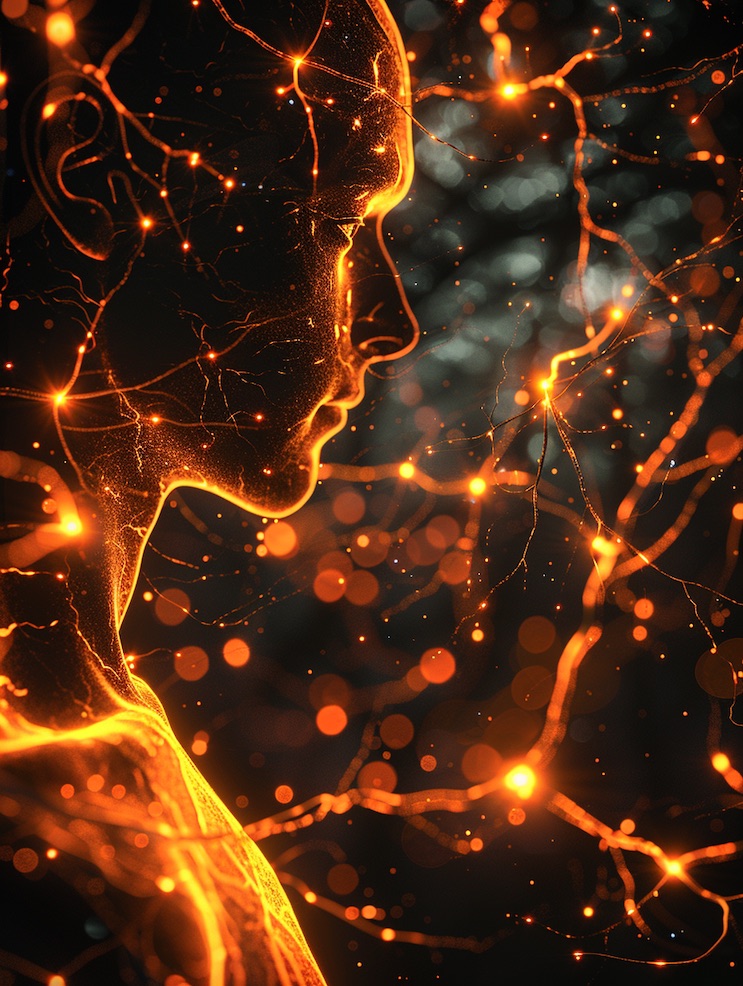Unravelling the Mystery of Cell Regeneration
Imagine being told at a social gathering that every seven years, you fundamentally become a new person, cellularly speaking. This intriguing notion stems from the idea that our body's cells renew themselves on an approximately seven-year cycle. But how true is this? Does this cellular metamorphosis really mean we’re continually reborn throughout our lives?
Our bodies are veritable universes of cells – about 37 trillion of them. This leads to the question: do all these cells genuinely regenerate every seven years? And why is this cellular change necessary? Let’s delve into the fascinating world of cell regeneration and its vital role in our health.
The Marvel of Cell Regeneration.
Right at this moment, your body is likely undergoing cell regeneration. It’s a miraculous process that allows many species, including humans, to heal and maintain health. Cell regeneration involves replacing or restoring damaged cells, tissues, and organs.

Here’s the science behind it. When you’re injured or ill, cells get damaged or die – a natural occurrence known as apoptosis. To heal, your body must generate new, healthy cells. Cells achieve this through cell division, or mitosis, where they split into two, each inheriting an identical set of chromosomes. These fresh cells then contribute to your recovery.
Some creatures, like starfish and salamanders, can regenerate entire limbs using this process. Humans may not have such impressive regenerative abilities, but our cells, tissues, and organs are constantly renewing. Think of it as your body’s maintenance crew, always on duty, repairing and rejuvenating wherever needed.
So, what about the “seven-year” myth? It’s a yes... and a no. Cells regenerate, but the timeline varies. Your skin cells, for instance, renew every few weeks, shedding close to 500 million cells daily. Skeletal muscle cells take around 15 years to regenerate.
The Limits of Regeneration.
Yet, not all cells have the gift of rebirth. Spinal cord injuries, for example, often result in irreversible nerve damage. Nevertheless, scientists are actively researching ways to encourage the regrowth of spinal cord nerves.

Brain cells were once thought to be incapable of regeneration. Recent discoveries, however, suggest the possibility of brain cell regrowth following injury. These findings have opened new doors in understanding and potentially enhancing the body’s natural healing processes.
As we age, our cells divide less frequently, making healing more challenging. The natural decline in cellular regeneration shows why it's crucial to maintain a healthy lifestyle always.
When Regeneration Goes Awry. Cell regeneration is crucial for healing, but it’s not without risks. Errors during mitosis can lead to the formation of cancerous cells. Unlike healthy cells, which divide as needed and stop when sufficient, cancer cells defy these stop signals, proliferating uncontrollably and potentially forming tumours.
The Promise of Stem Cells. Amidst these challenges lies the hope of stem cells. These unique cells can develop into various types, offering potential for repairing or replacing damaged cells. Stem cells stand at the forefront of regenerative medicine, a field aiming to treat diseases like heart disease, cancer, and Alzheimer’s.
Stem cell research has revealed that we possess tens of thousands of these cells, actively generating white blood cells at any time. This insight brings us closer to harnessing their potential for groundbreaking medical treatments.
The Future of Our Cellular Selves. Cell regeneration isn’t a routine maintenance process. It represents a key to future medical advancements, offering a potential new life to millions suffering from currently untreatable diseases. Our body’s ability to renew itself is more than a biological curiosity – it’s a beacon of hope, pointing towards a healthier, more resilient future.
